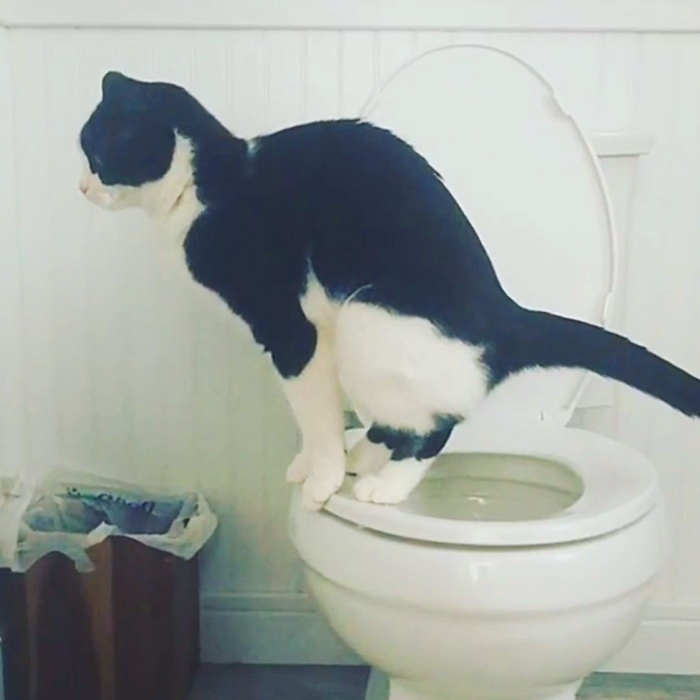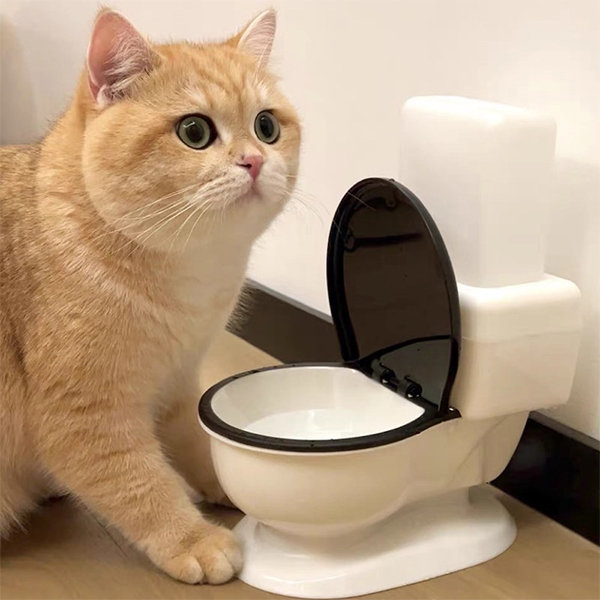Motives Why You Should Never Flush Animal Waste Down the Toilet
Motives Why You Should Never Flush Animal Waste Down the Toilet
Blog Article
Each person seems to have his or her own thinking with regards to 10 Things You Should Never Flush Down The Toilet.

When it involves getting rid of waste, specifically animal waste, many people commonly consider the practical option of flushing it down the bathroom. Nonetheless, this relatively very easy service can have major effects for the environment and public health. In this write-up, we'll explore why flushing pet waste down the bathroom is a poor idea and give alternate methods for proper disposal.
Intro
Appropriate garbage disposal is essential for keeping environmental sustainability and public health. While it may appear harmless to flush animal waste down the toilet, it can lead to numerous problems, both for the environment and human health.
Risks of flushing animal waste
Environmental impact
Flushing pet waste introduces hazardous microorganisms and microorganisms right into waterways, which can adversely impact water ecological communities. These microorganisms can pollute water resources and damage marine life, interrupting delicate ecological communities.
Public health concerns
Animal waste contains hazardous microorganisms such as E. coli and Salmonella, which can present serious wellness threats to human beings. Flushing animal waste down the bathroom can infect water materials, leading to the spread of diseases and infections.
Alternatives to flushing
Rather than purging pet waste down the bathroom, there are a number of alternate disposal approaches that are a lot more environmentally friendly and sanitary.
Composting
Composting animal waste is a green method to take care of it. By composting, raw material is broken down into nutrient-rich dirt, which can be used to fertilize gardens and plants.
Landfill disposal
Taking care of pet waste in a land fill is an additional alternative. While not as environmentally friendly as composting, it is a safer choice to flushing, as it protects against the contamination of water resources.
Pet dog garbage disposal systems
There are specialized family pet waste disposal systems offered that securely and hygienically get rid of pet waste. These systems typically utilize enzymes to break down waste and get rid of odors.
Steps to correct animal garbage disposal
To make certain proper disposal of pet waste, adhere to these steps:
Scooping and getting waste
Regularly scoop and bag pet waste making use of naturally degradable bags. This avoids waste from infecting the environment.
Utilizing marked waste containers
Dispose of bagged pet waste in marked waste bins, such as compost containers or garbage dump bins. Avoid flushing it down the commode at all costs.
Cleansing can and animal locations regularly
Routinely tidy litter boxes and animal locations to avoid the buildup of waste and bacteria. Use pet-safe cleansing products to keep health.
Advantages of correct disposal approaches
Adopting appropriate disposal approaches for animal waste provides several benefits:
Minimized environmental pollution
Proper disposal methods reduce the danger of environmental pollution, safeguarding rivers and environments from contamination
Lessened threat of water contamination.
By preventing flushing pet waste down the commode, the danger of water contamination is significantly reduced, safeguarding public health.
Boosted cleanliness and health
Correct disposal techniques advertise far better get more info sanitation and health, producing a more secure environment for both humans and animals.
Conclusion
Finally, flushing animal waste down the bathroom is unsafe to the setting and public health. By adopting alternate disposal techniques and adhering to proper waste administration practices, we can decrease the negative impact of animal waste and add to a cleaner, healthier earth.
What To Do With Dog Poo – The Do's And Don'ts Of Disposing Of Faeces
Dog poo bins
Some councils provide dedicated dog waste bins in popular dog-walking areas that can take dog poo that has been bagged but you can legally dispose of dog waste in any public litter bin, as long as it is securely bagged. This also applies to your wheelie bin at home.
Do not flush
Water companies do not recommend flushing dog faeces down the toilet because certain parasites can survive the water processing treatment and are potentially harmful to humans. You should also never consider flushing dog poo that has been bagged down the toilet as the bags will not break down and instead create severe blockages in the sewage system.
In the woods
The Forestry Commission promotes a ‘stick and flick’ method for dealing with waste in the woods. This means finding a stick and using it to flick any poo from off the path so that it is out of the way of other walkers. You could also bury it as long as it is not in an area where there might be livestock.
Livestock
Parasites found in dog poo can be transmitted to livestock if they inadvertently eat infected faeces that has been left on grazing land. This could result in the death of sheep or abortion in cattle so you should always make sure you pick up your dog’s waste in fields where livestock could be present.

Routinely tidy litter boxes and animal locations to avoid the buildup of waste and bacteria. Use pet-safe cleansing products to keep health.
Advantages of correct disposal approaches
Adopting appropriate disposal approaches for animal waste provides several benefits:
Minimized environmental pollution
Proper disposal methods reduce the danger of environmental pollution, safeguarding rivers and environments from contamination
Lessened threat of water contamination.
By preventing flushing pet waste down the commode, the danger of water contamination is significantly reduced, safeguarding public health.
Boosted cleanliness and health
Correct disposal techniques advertise far better get more info sanitation and health, producing a more secure environment for both humans and animals.
Conclusion
Finally, flushing animal waste down the bathroom is unsafe to the setting and public health. By adopting alternate disposal techniques and adhering to proper waste administration practices, we can decrease the negative impact of animal waste and add to a cleaner, healthier earth.
What To Do With Dog Poo – The Do's And Don'ts Of Disposing Of Faeces
Dog poo bins
Some councils provide dedicated dog waste bins in popular dog-walking areas that can take dog poo that has been bagged but you can legally dispose of dog waste in any public litter bin, as long as it is securely bagged. This also applies to your wheelie bin at home.
Do not flush
Water companies do not recommend flushing dog faeces down the toilet because certain parasites can survive the water processing treatment and are potentially harmful to humans. You should also never consider flushing dog poo that has been bagged down the toilet as the bags will not break down and instead create severe blockages in the sewage system.
In the woods
The Forestry Commission promotes a ‘stick and flick’ method for dealing with waste in the woods. This means finding a stick and using it to flick any poo from off the path so that it is out of the way of other walkers. You could also bury it as long as it is not in an area where there might be livestock.
Livestock
Parasites found in dog poo can be transmitted to livestock if they inadvertently eat infected faeces that has been left on grazing land. This could result in the death of sheep or abortion in cattle so you should always make sure you pick up your dog’s waste in fields where livestock could be present.

I'm certainly very curious about Can You Flush Dog and Cat Poo Down the Toilet? and I hope you enjoyed the new blog entry. Enjoyed reading our content? Please share it. Help other people discover it. I take joy in your readership.
Explore Report this page